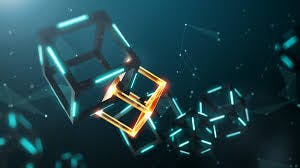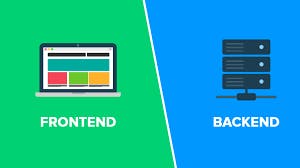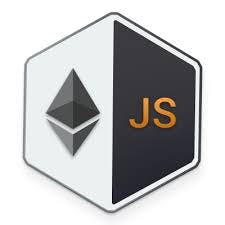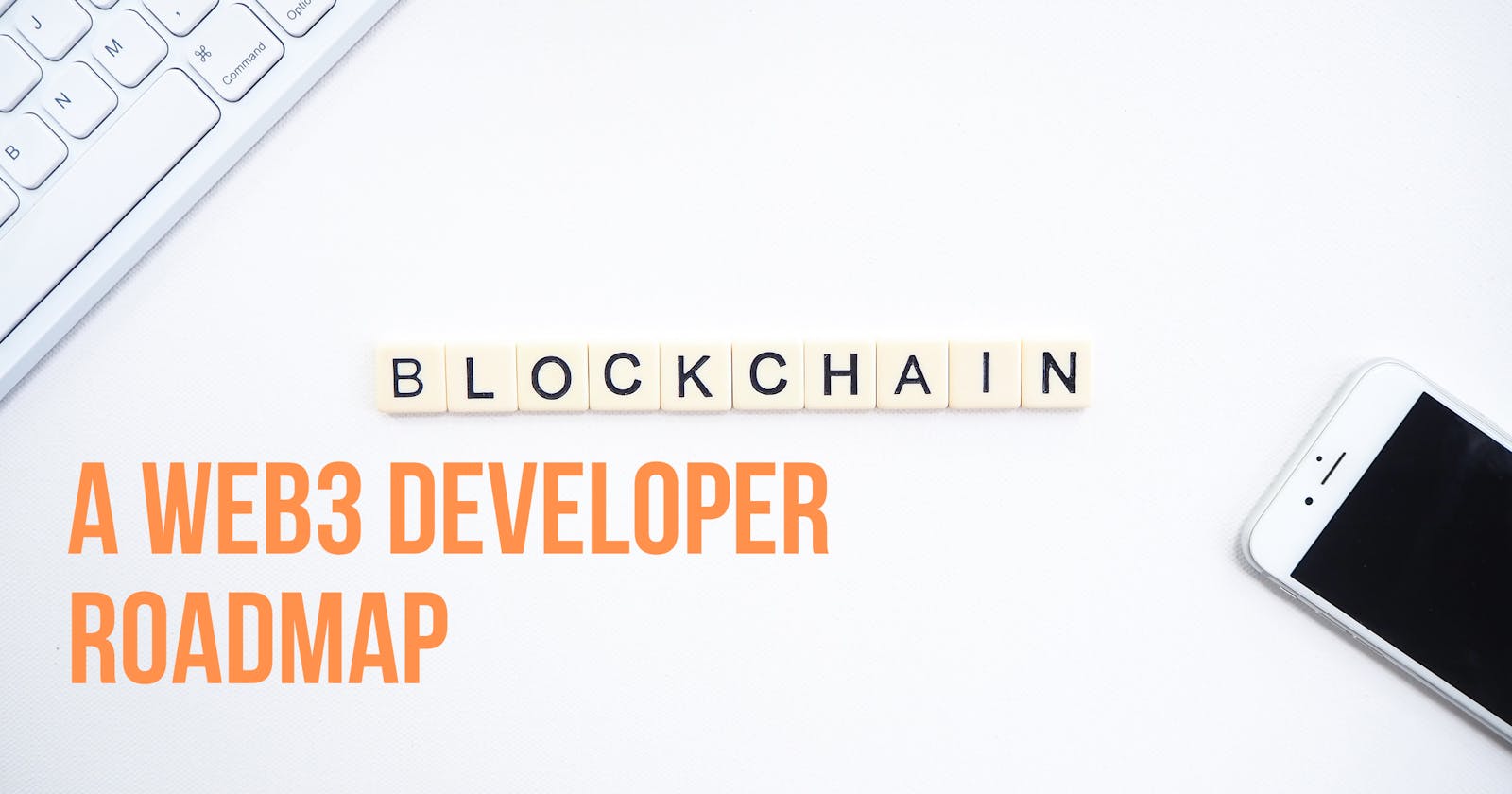Getting into the Blockchain industry where the average programmer is paid around $ 140,000 per year is probably the best investment you can make as a developer.
If you want to advance your career to become a Web 3.0 developer or get started, a structured roadmap will definitely lead you towards your goal.
Unfortunately, there are not too many good resources out there, and finding a decent blockchain development roadmap would possibly apace become tedious.
I’ve taken the time to collect the simplest online videos, courses, and websites and place along the best web3.0 and Solidity development roadmap.
Lets go!!
i. Learn the fundamentals.
 Get to know what you're working with. You need to understand what blockchain is, how it works, and why it could disrupt the exchange of goods and payment processing. Backends for next-generation decentralized applications (DApps).
Get to know what you're working with. You need to understand what blockchain is, how it works, and why it could disrupt the exchange of goods and payment processing. Backends for next-generation decentralized applications (DApps).
ii. Learn about decentralized applications.

After learning about the blockchain, the nodes, the consensus, and all the major components of this technology, you will start to ask yourself, "What kind of applications can I develop using blockchain?"
The applications built on top of Blockchain are called Decentralized applications, or DApps, Learn more
iii. Learn about smart contracts.

Smart contract is simply a program that runs on the Ethereum blockchain. It's a collection of code (its functions) and data (its state) that resides at a specific address on the Ethereum blockchain.
This means they have a balance and they can send transactions over the network. However they're not controlled by a user, instead they are deployed to the network and run as programmed.
Learn what smart contracts are
Iv. Learn front end and back end development.

Uh, yeah. You have to learn front end and back end development.
Why? because decentralized applications have a standard JavaScript framework front-end, that’s why before developing your first DApp, it’s important to learn the basics of Front-end development and how the web works. And decentralized application backends are very different from “standard” application backends, starting with the fact that blockchain technology is used as the main source of decentralized data storage, while standard backends often use databases or data storage.
v. Learn Solidity.

Solidity is an object-oriented, high-level programming language used to create smart contracts that automate transactions on the blockchain. Solidity is statically typed, supports inheritance, libraries and complex user-defined types among other features.
With Solidity you can create contracts for uses such as voting, crowdfunding, blind auctions, and multi-signature wallets.
Here's one to better your understanding
vi. Learn how to connect your decentralized app front end with either ether.js or web3.js.

The ethers.js library aims to be a complete and compact library for interacting with the Ethereum Blockchain and its ecosystem. It keeps your private keys in your client, safe and sound. While web3.js is a collection of libraries that allow you to interact with a local or remote ethereum node using HTTP, IPC or WebSocket.
To do so you can choose between the two JavaScript Libraries.
vii. Practice, practice, build your portfolio and apply.

A project portfolio can be very helpful when looking for a job. If you want to be a web3 developer, build, build, build. Be consistent. It's about consistency. Consistent hardwork will lead to success. The secret to success is constancy to purpose.
If you found this article interesting or useful, please leave a like and follow me for more like this. And if you want to read even more content, feel free to visit me on twitter
